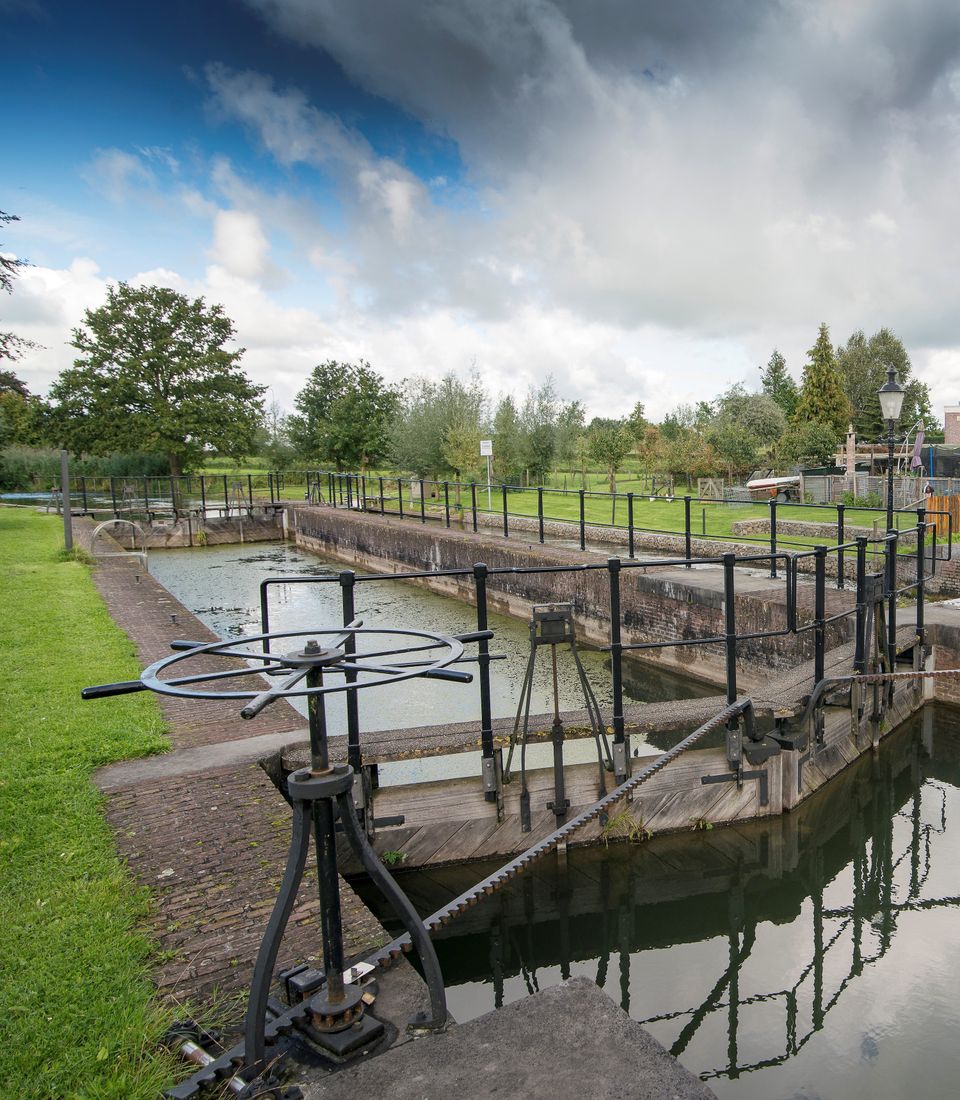odp
241 to 264 of 298 locations
-
Nationaal Bomenmuseum Gimborn
Nationaal Bomenmuseum Gimborn
3941 BZ Doorn
-
TOP Vianen, Ponthoeve
TOP Vianen, Ponthoeve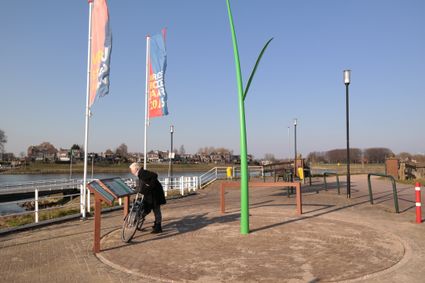
Buitenstad 69
4132 AB Vianen
-
TOP Schloss Soestdijk
TOP Schloss Soestdijk
3744 AA Baarn
-
The Lekpoort
The Lekpoort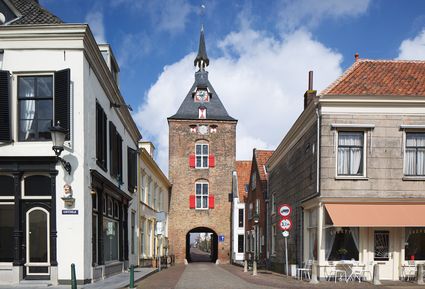
4132 AR Vianen
-
Fort Voordorp
Fort Voordorp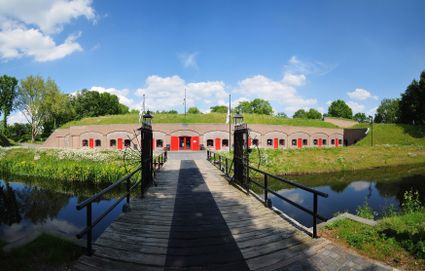
3737 BK Groenekan
-
TOP Ameide
TOP Ameide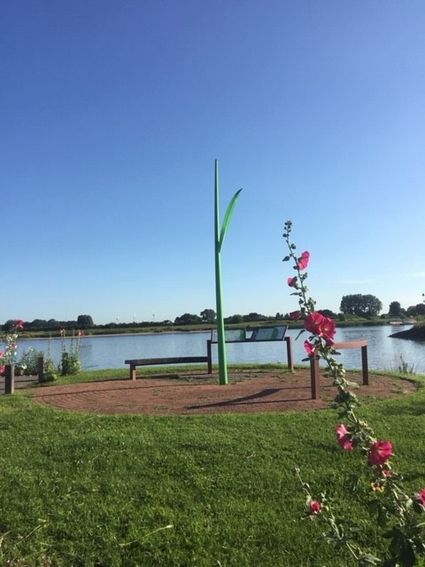
4233CL Ameide
-
Huis Doorn
Huis Doorn
3941 MT Doorn
-
Inundation lock at Wijk bij Duurstede
Inundation lock at Wijk bij Duurstede
In 1870, the Kromme Rijn was given a key role in the New Dutch Waterline. Back then, it took almost a month to flood the area around Utrecht. This had to be speeded up. To this end, the river was widened, its bends were straightened and locks and dams were built. Near Wijk bij Duurstede, a large inundation lock was built that made Wijk bij Duurstede the ‘tap’ with which to turn on the New Dutch Waterline. This reduced the time needed to flood the inundation areas to between 4 and 12 days. The inlet is still used daily to transport fresh water to the city of Utrecht and the river Vecht.
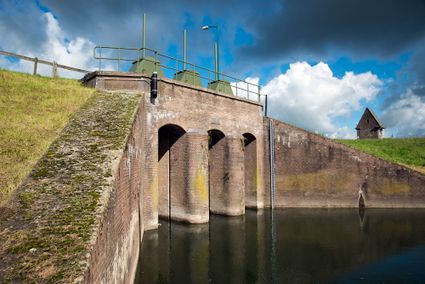
3961CH Wijk bij Duurstede
-
-
Fort Hoofdijk
Fort Hoofdijk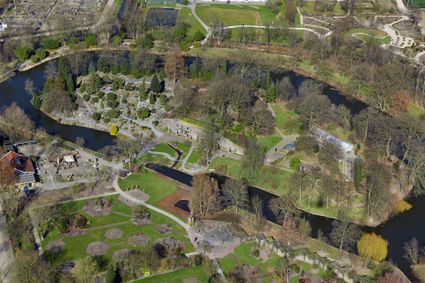
3584 HD Utrecht
-
Restaurant-Chalet Klein Zwitserland
Restaurant-Chalet Klein Zwitserland
3971 GM Driebergen-Rijsenburg
-
Zoo Amersfoort
Zoo Amersfoort
3819 AC Amersfoort
-
TOP Haarzuilens
TOP Haarzuilens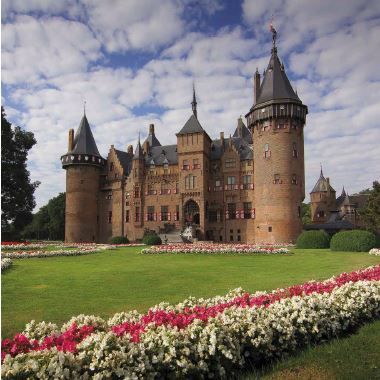
Bochtdijk 2
3455 SN Utrecht
-
Muideslot
Muideslot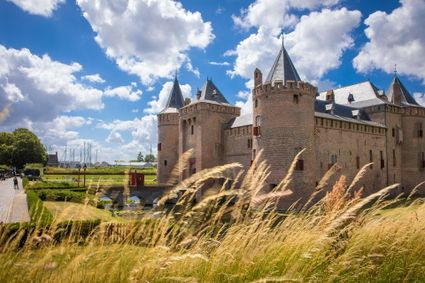
Herengracht 1
1398 AA Muiden
-
Landgoed Ginkelduin
Landgoed Ginkelduin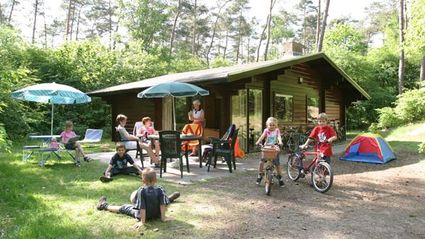
3956 KD Leersum
-
Lock at Cothen
Lock at Cothen
The water board uses the dam in the Kromme Rijn in Cothen to regulate the flow of water to and from Utrecht. The monumental lock alongside it (from 1865) was used during wartime to move ships past the dam. When the Waterline needed to be flooded, the commander of the inundation station at Wijk bij Duurstede first gave the order to raise the water level in the Kromme Rijn by closing off the lock with stop logs. Next, he ordered the stop logs to be removed so that a large body of water could flow from the open lock to Utrecht.

3945BN Cothen
-
-
TOP Beauforthuis
TOP Beauforthuis
3711 AB Austerlitz
-
Koppelpoort Amersfoort
Koppelpoort Amersfoort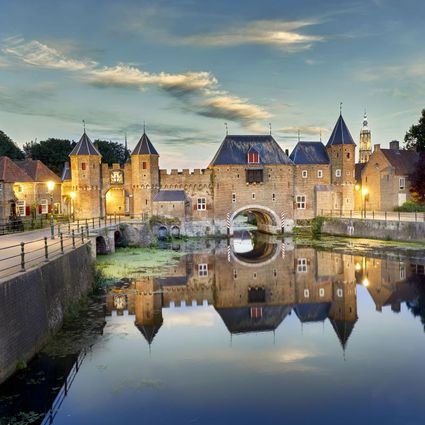
3811 MG Amersfoort
-
Geerestein estate
Geerestein estate
3931 JB Woudenberg
-
Parc Broekhuizen
Parc Broekhuizen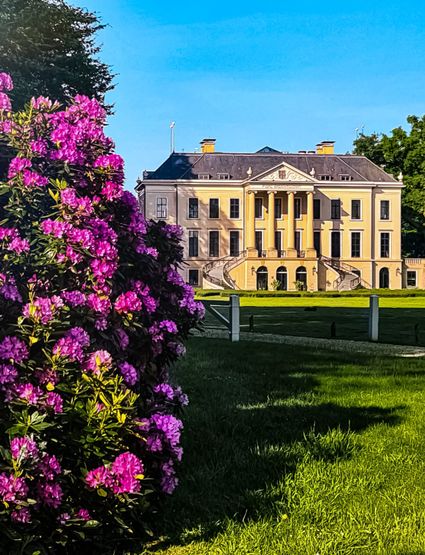
3956 NS Leersum
-
Restaurant La Montagne
Restaurant La Montagne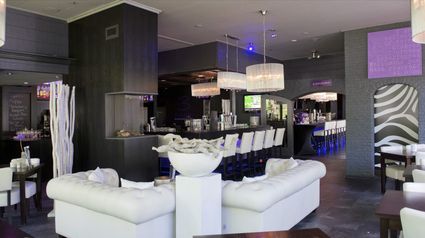
3911 SC Rhenen
-
Plofsluis
Plofsluis
The Plofsluis consists of five concrete bins with a relatively weak floor that span the Amsterdam-Rhine Canal. The bins could store around 40,000 tonnes of sand, gravel or debris. In wartime, the floor could be blow up, so that its contents would drop into the Amsterdam-Rhine Canal. This would block the canal and prevent the inundation water from flowing out. The lock was designed in such a way that its sides would remain upright after the explosion, so that the floor could be reconstructed and the sluice could be used again. It was never actually used.
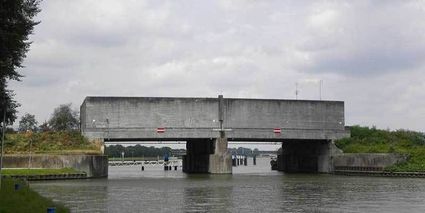
3439 LS Nieuwegein
-
-
Molen Rijn en Lek
Molen Rijn en Lek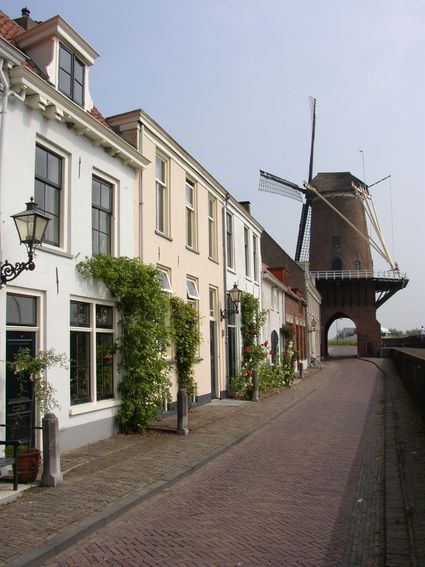
Dijkstraat 23
3961 AA Wijk bij Duurstede
-
Noorderpark Ruigenhoek
Noorderpark Ruigenhoek
Einthovendreef-Noord
3566 ME Utrecht
-
Country Estate Bergse Bossen***
Country Estate Bergse Bossen***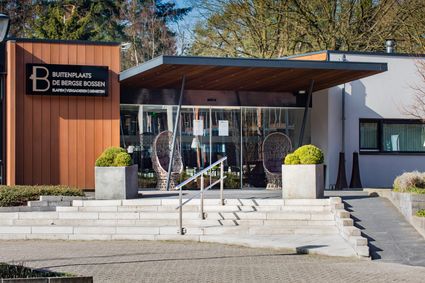
3971 GM Driebergen-Rijsenburg


